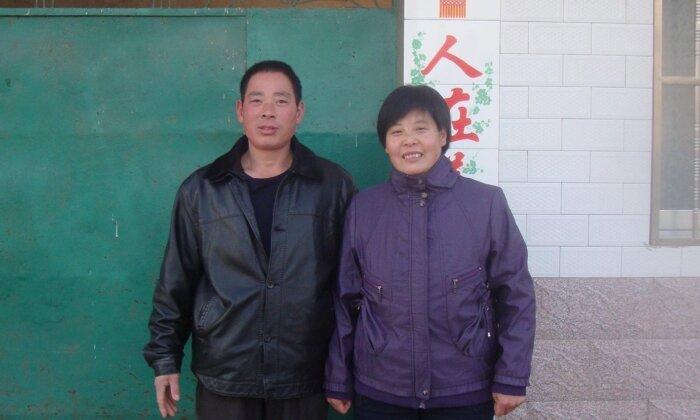Zambia’s debt to Chinese creditors was over $6 billion by the end of June, according to data disclosed by the government on Oct. 7. The Chinese regime’s lending practices have been labeled “debt-trap diplomacy,” as it provides developing nations with often unpayable loans for infrastructure projects, making them dependent on China.
The figures were published by Zambia’s recently elected new administration, after the China Africa Research Initiative (CARI) released a report (pdf) last month estimating the country’s debt to Chinese lenders to be $6.6 billion. The new number is roughly double the amount divulged by the previous government.
Zambia’s exposure to Chinese creditors amounts to more than 40 percent of the nation’s total external debt, which was $14.67 billion in June, including publicly guaranteed and non-guaranteed debt.
The Chinese Communist Party (CCP) has been called out for its predatory lending practices, allegedly aimed to expand its geopolitical influence by subjugating countries through debt they cannot afford.
China finances infrastructure projects in emerging countries by providing them enormous loans through state-owned banks. Many nations are unable to repay, falling into a “debt-trap,” which forces them to grant strategic assets to China in the long-term, putting nations’ sovereignty at risk. Many of these projects, though not all, are under China’s Belt and Road Initiative (BRI), a program launched in 2013 by Chinese leader Xi Jinping.
Zambia’s debt “started spiraling out of control” after 2015, mainly due to Chinese loans under the BRI, according to the International Bar Association.
In 2019, financial services company Moody’s cautioned that—in the event of default—African countries rich in natural resources, like Zambia, might have to hand over important assets in renegotiations with Chinese creditors, as reported by the International Bar Association. Zambia’s resources include copper, cobalt, silver, uranium, emeralds, coal, and some other semi-precious and precious metals and minerals.
In November 2020, Zambia defaulted on a $42.5 million Eurobond repayment. It was the first African nation to do so during the CCP virus pandemic, which deepened the country’s financial burden.
Zambia’s finance ministry detailed the country’s $6.18 billion external debt to China. In June the central government owed $4.47 billion to Chinese creditors, state companies owed $1.34 billion via facilities guaranteed by the government, and state-power utility Zesco owed around $14o million not guaranteed by the government. The remaining $225.5 million are interest arrears.
BRI Unsustainable Debt
The Chinese regime’s funding of infrastructure projects in developing countries under the Belt and Road Initiative has been facing backlash from participating nations due to unsustainable debts and corruption scandals, according to a recent study from AidData, a research lab at William & Mary’s Global Research Institute.AidData’s study shows 42 low- and middle-income countries have public debt exposure to China that exceeds 10 percent of their gross domestic product (GDP). Likewise, a Central Banking report says 23 percent of countries involved in the initiative said BRI debt is building external debt up to unsustainable levels.
Though projects offered by the BRI and other Chinese lending programs would supposedly boost countries’ GDPs enough to pay for the debt taken on, its economic benefits—mainly in third-world countries—are questionable, according to Lawrence A. Franklin, in an article published by the Gatestone Institute.
“A few of these bilateral packages appear contrived to imprison already impoverished states into realms of permanent economic vassalage to China,” says Franklin.
Reuters contributed to this article.





